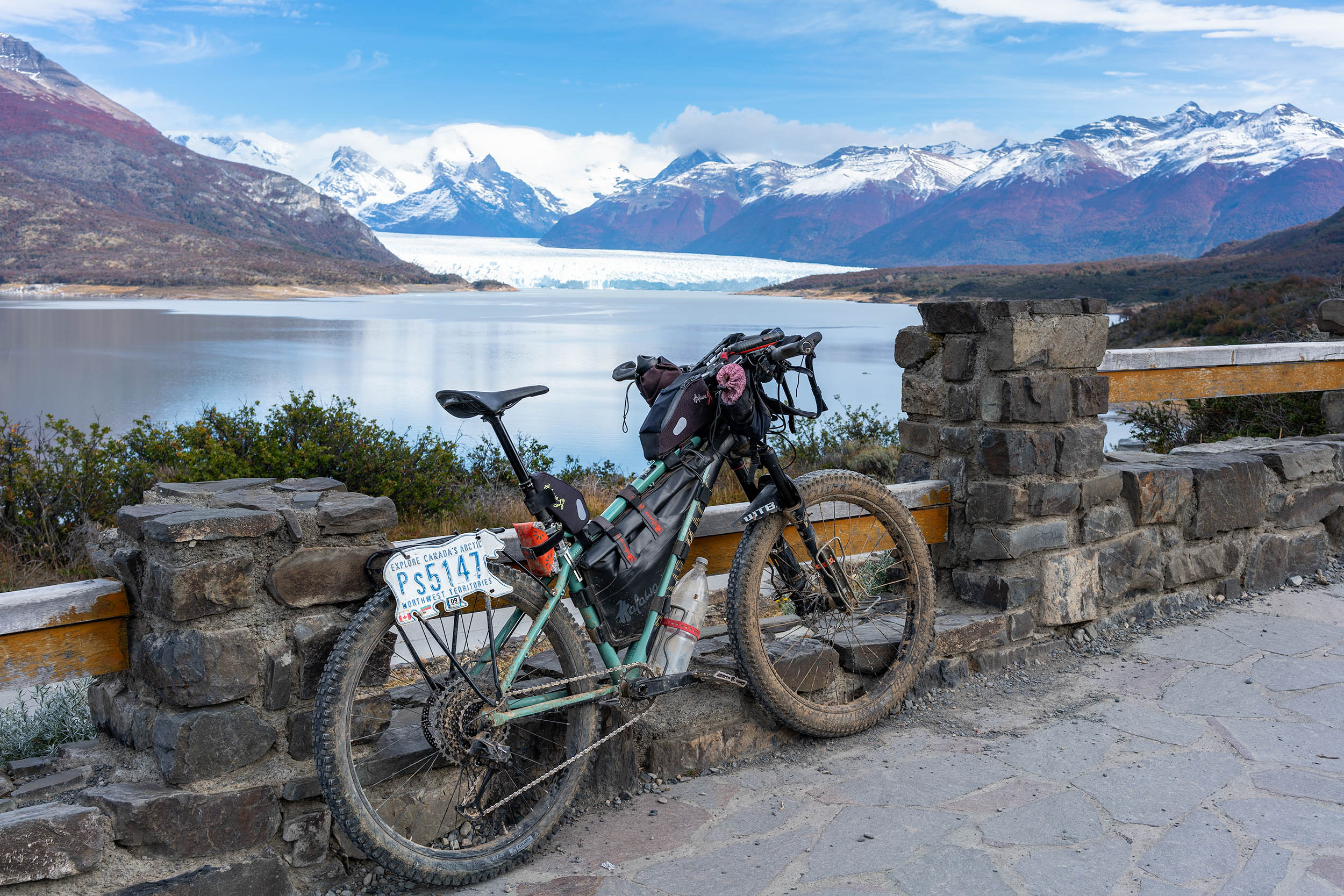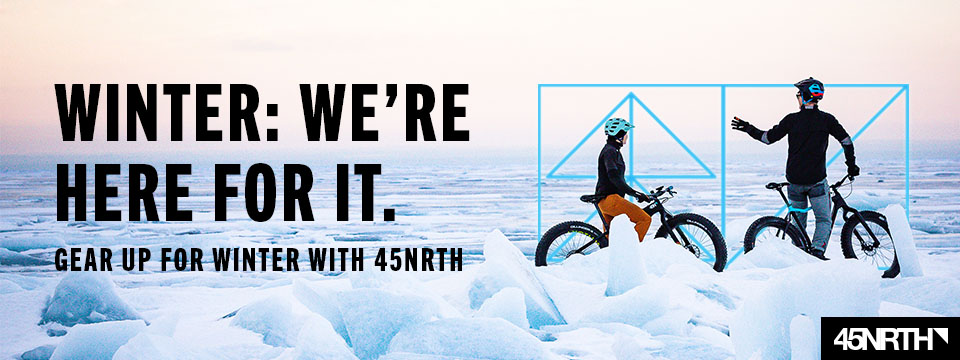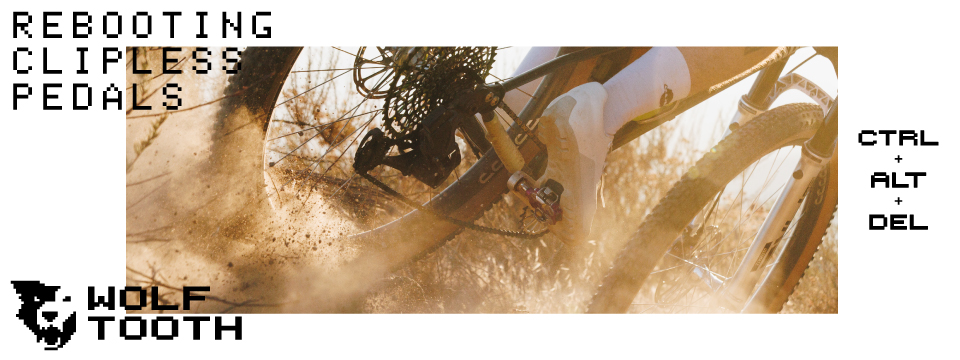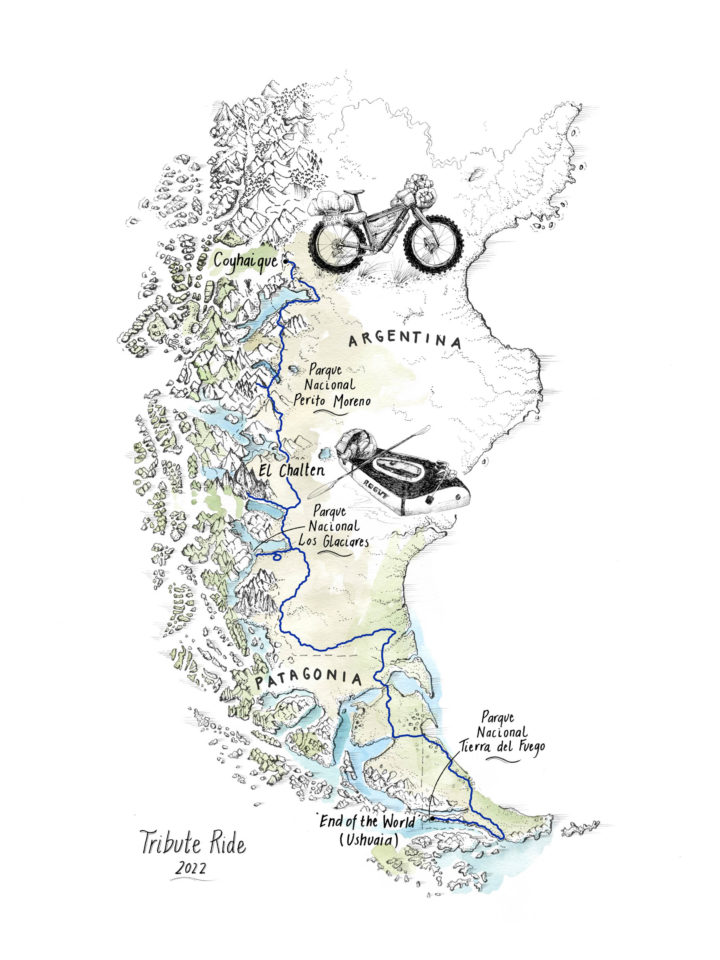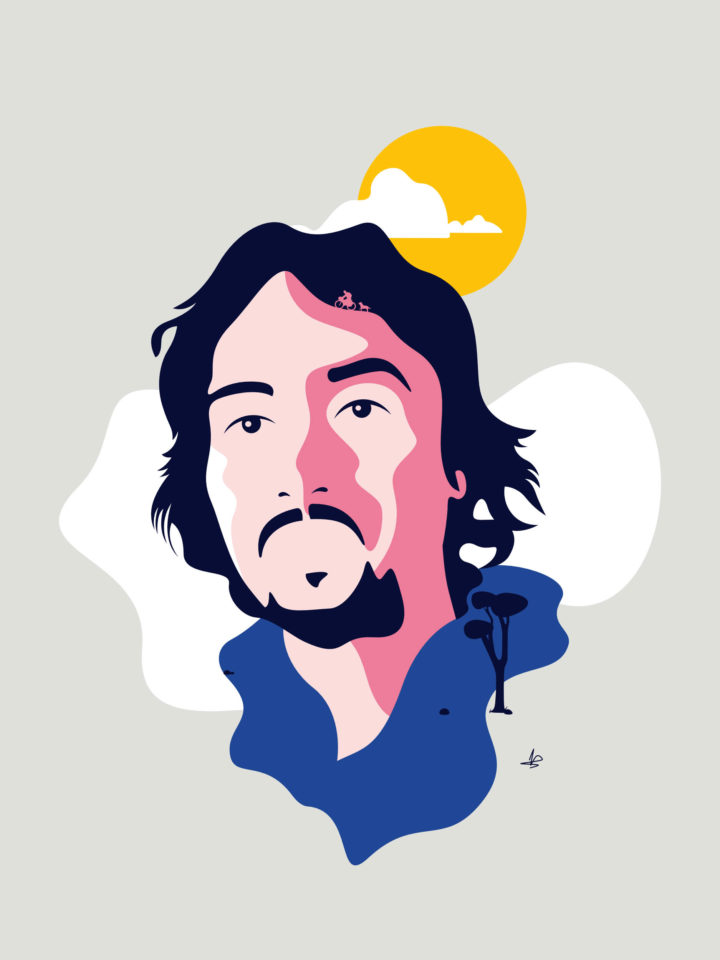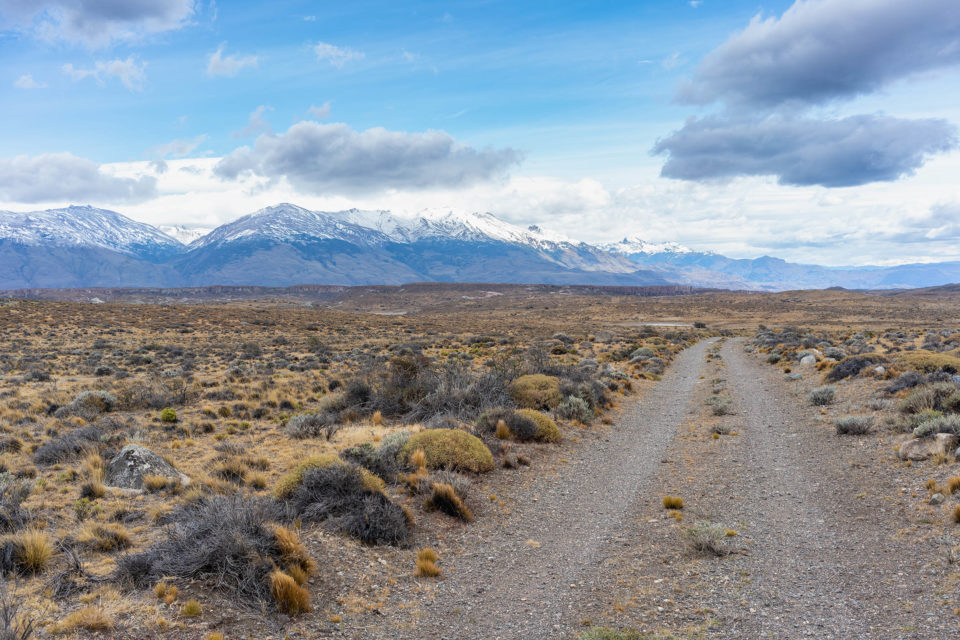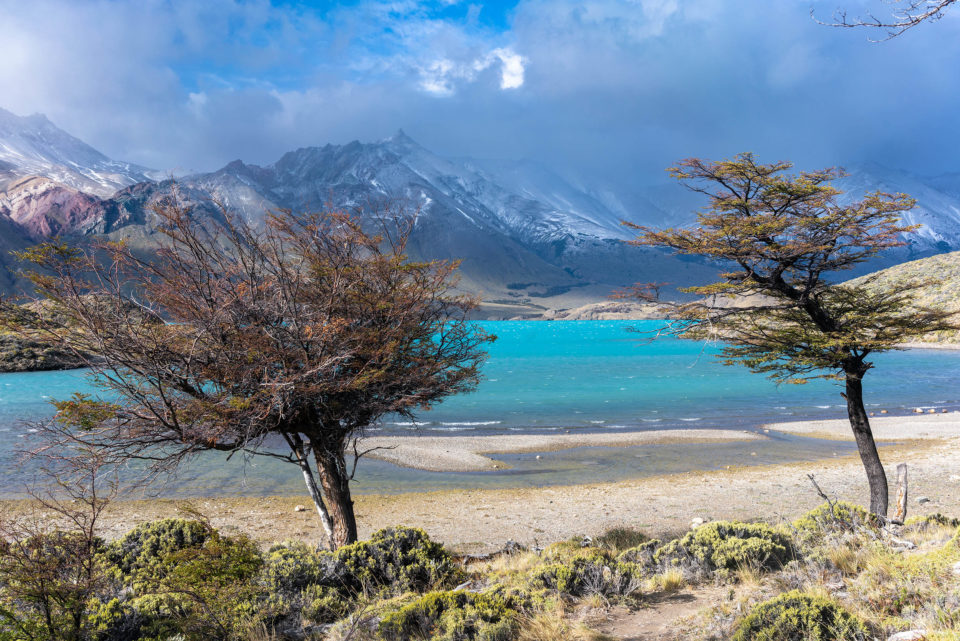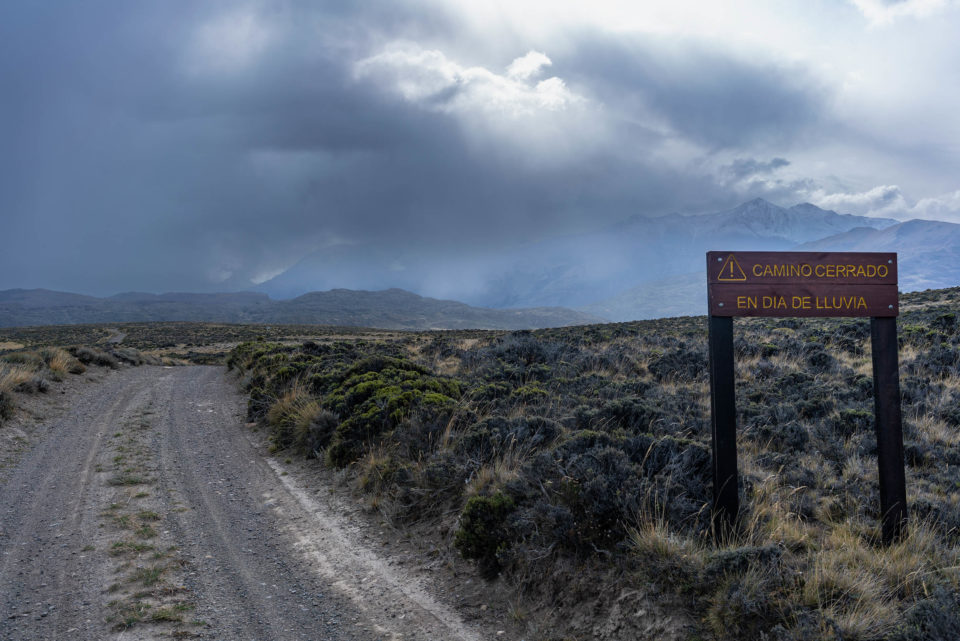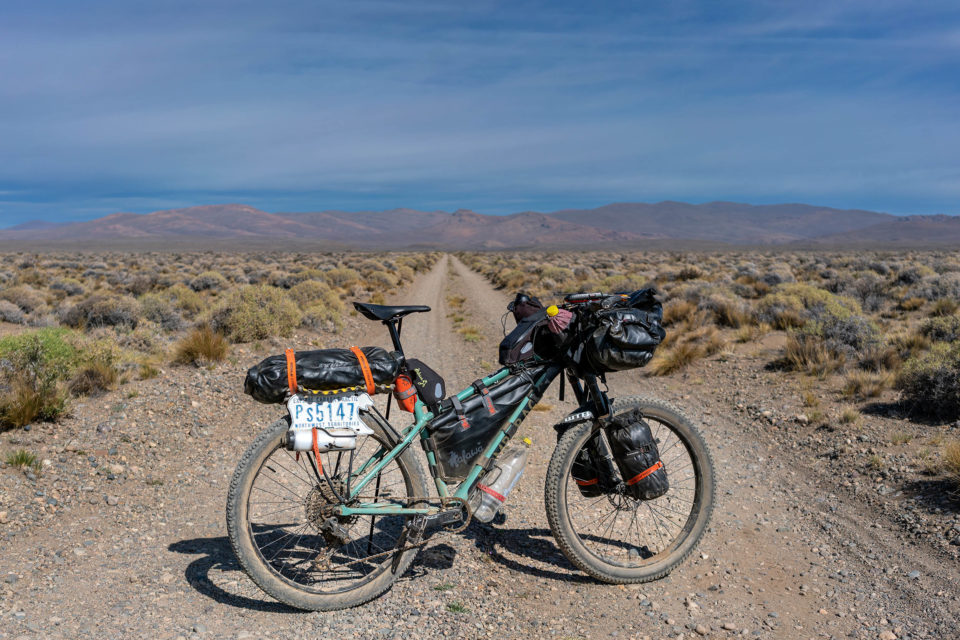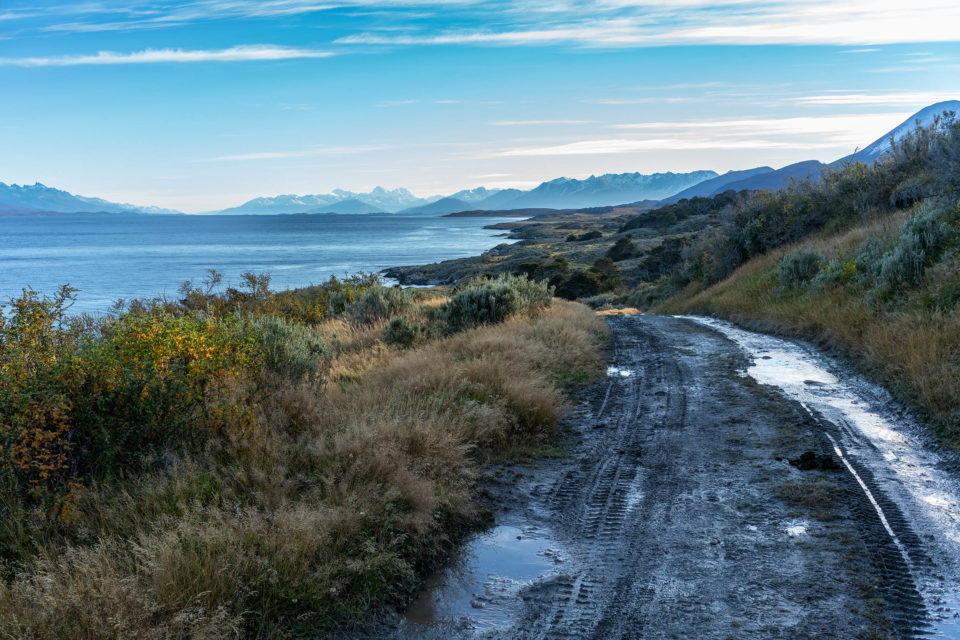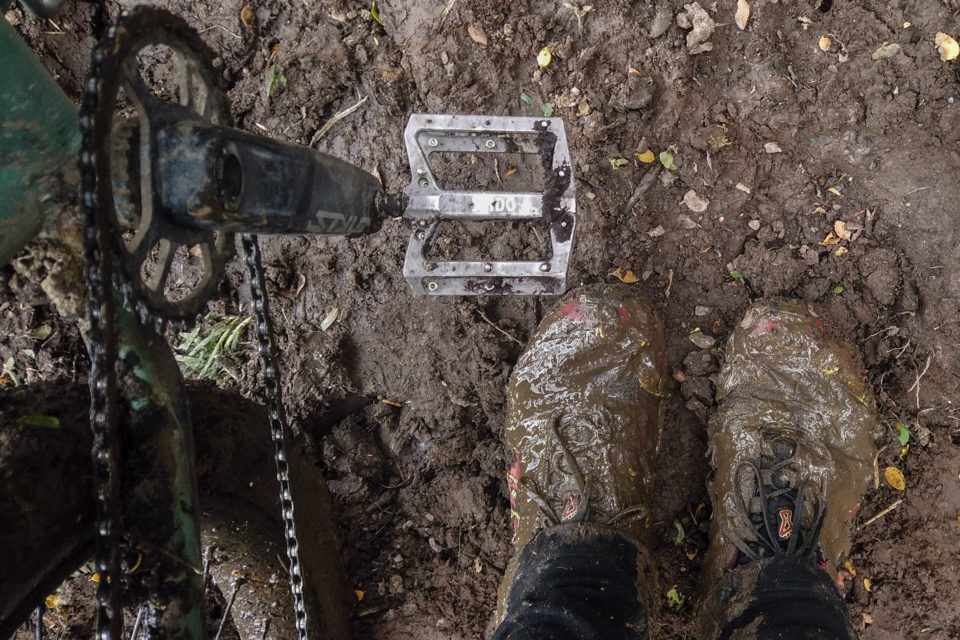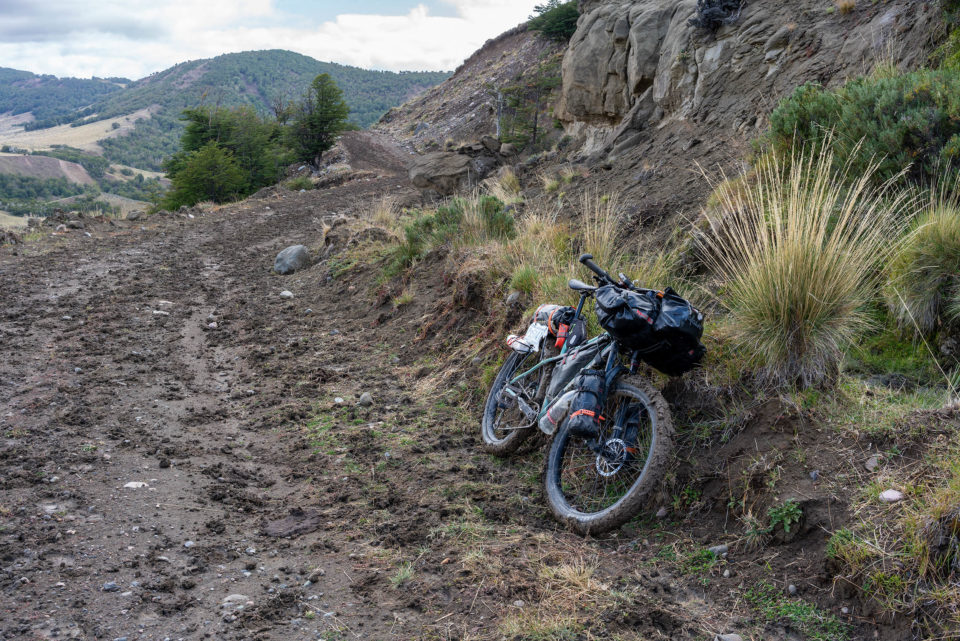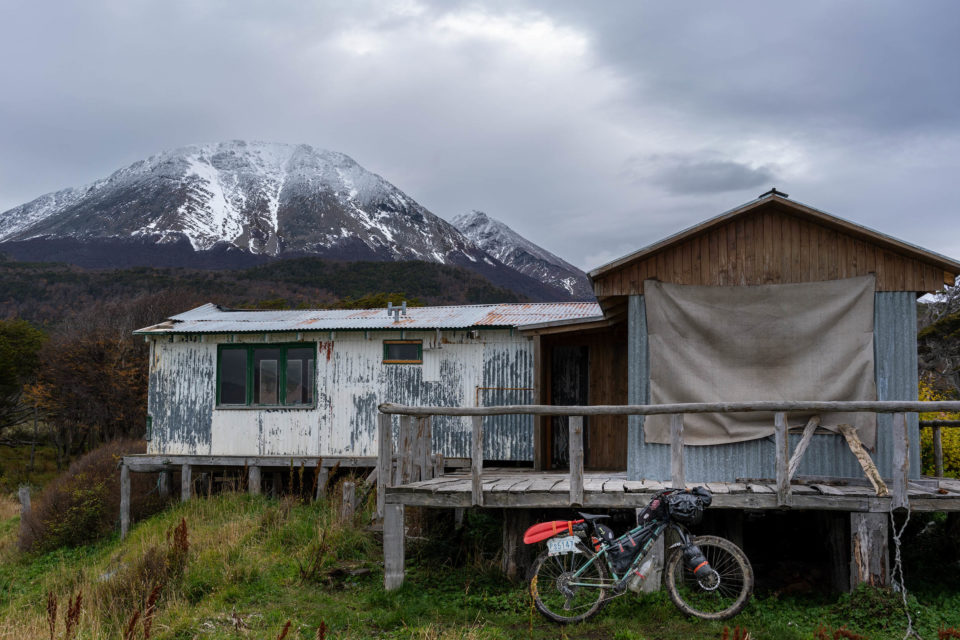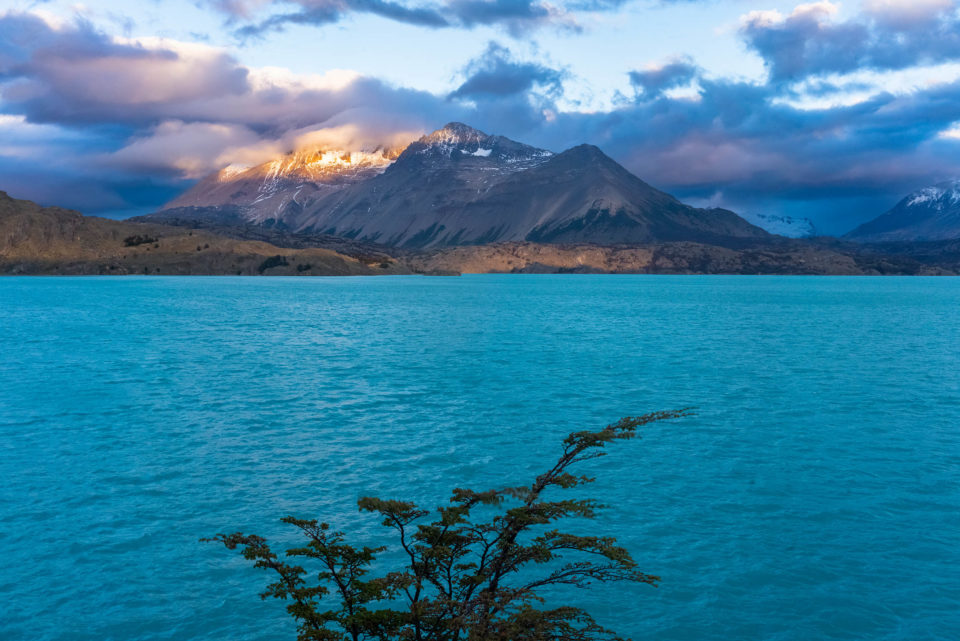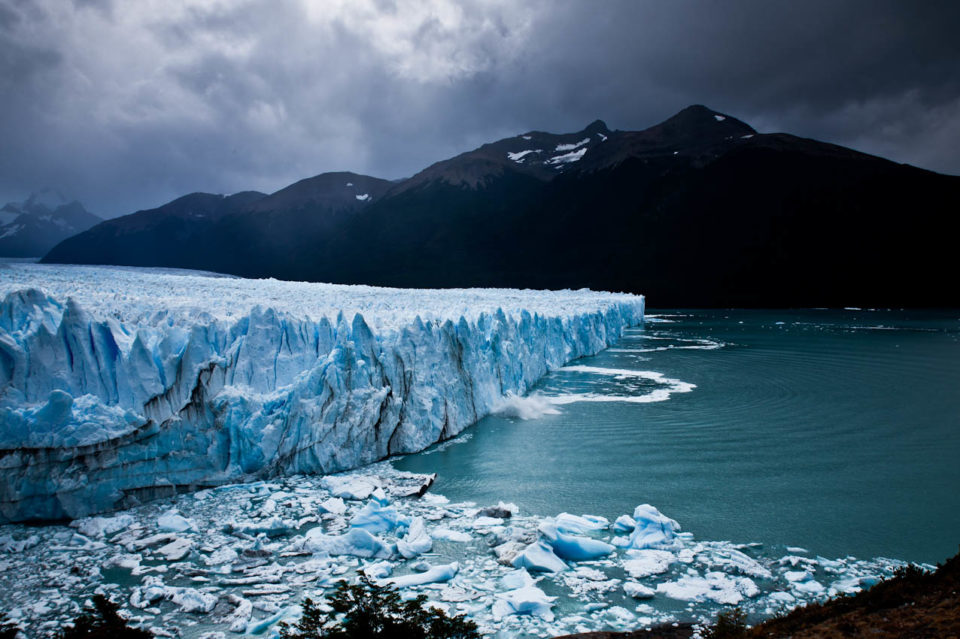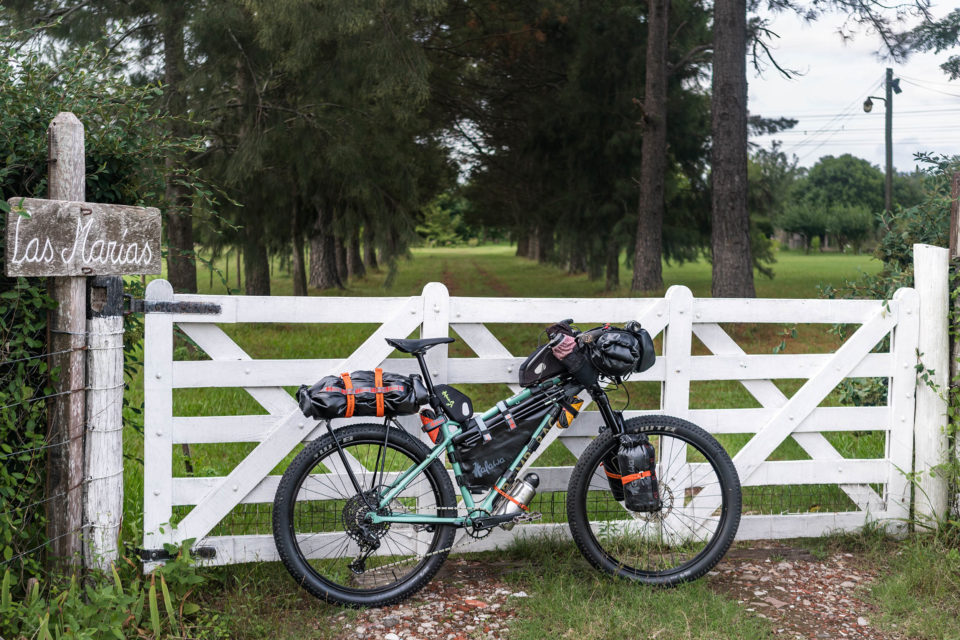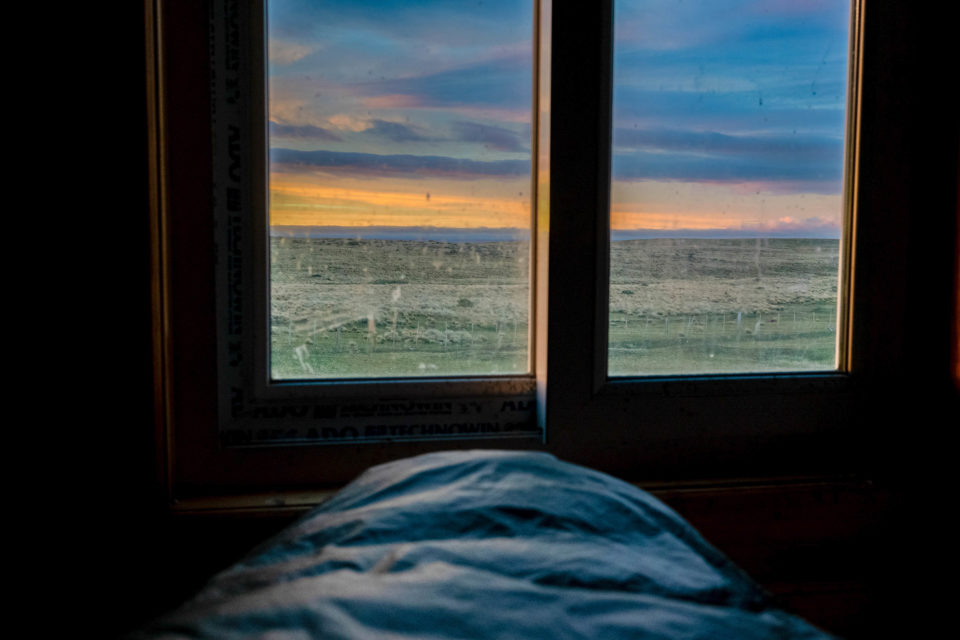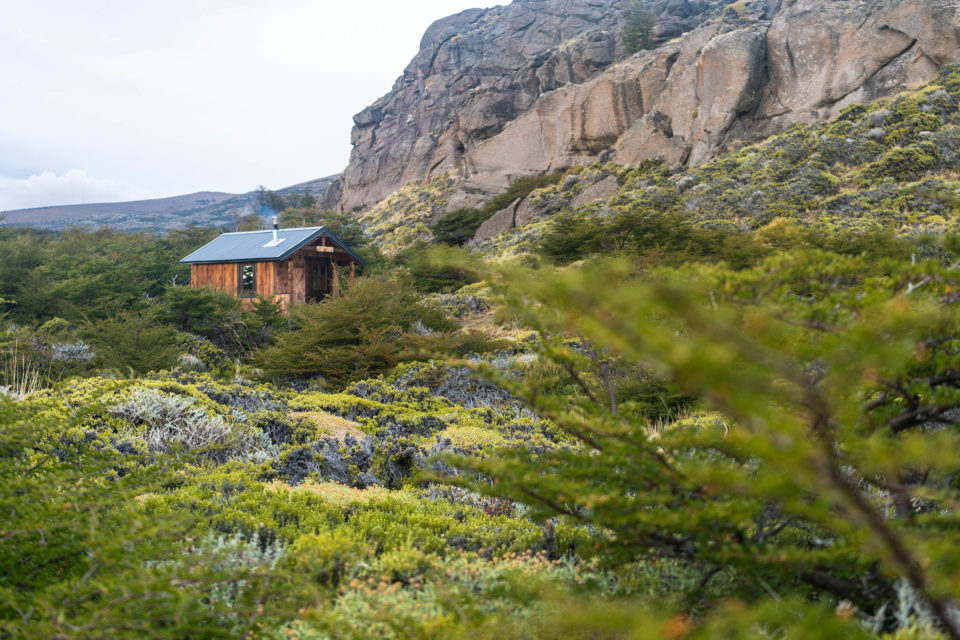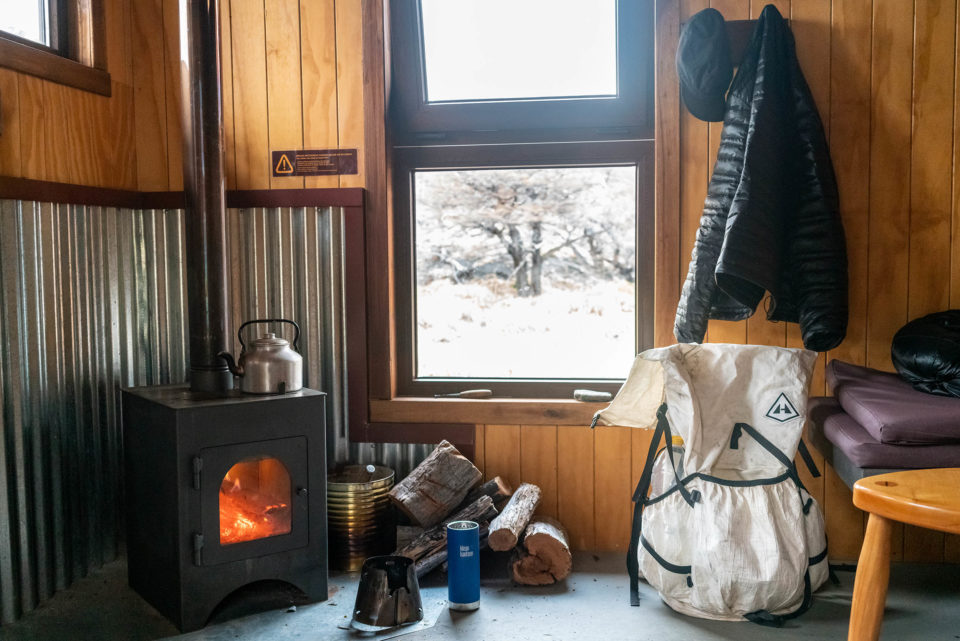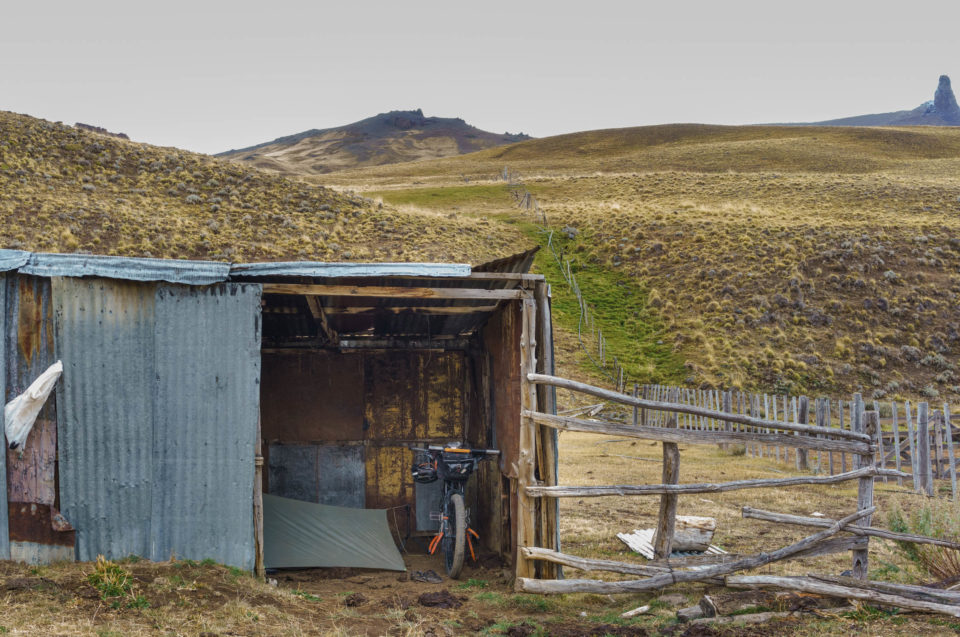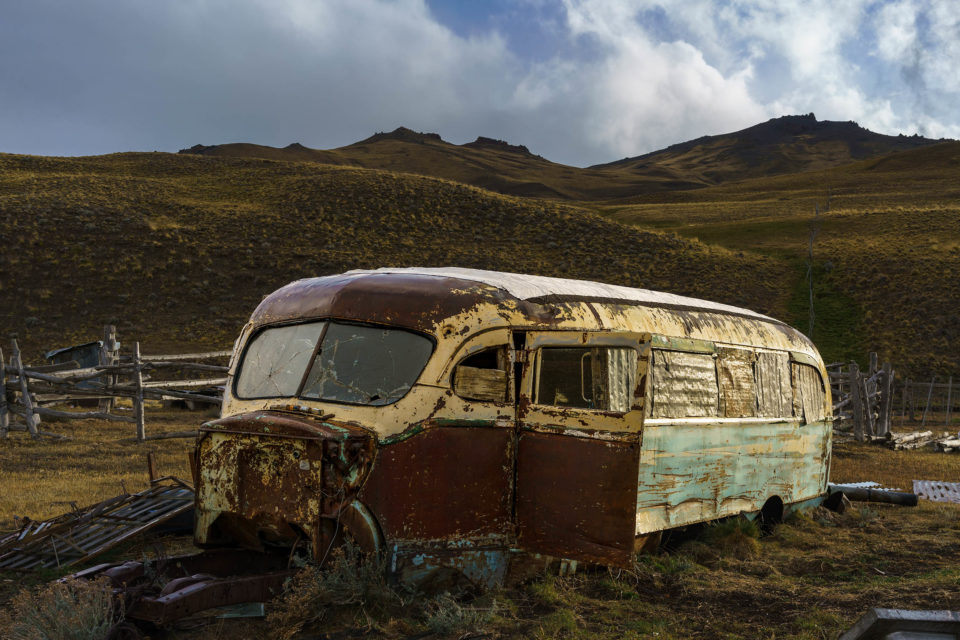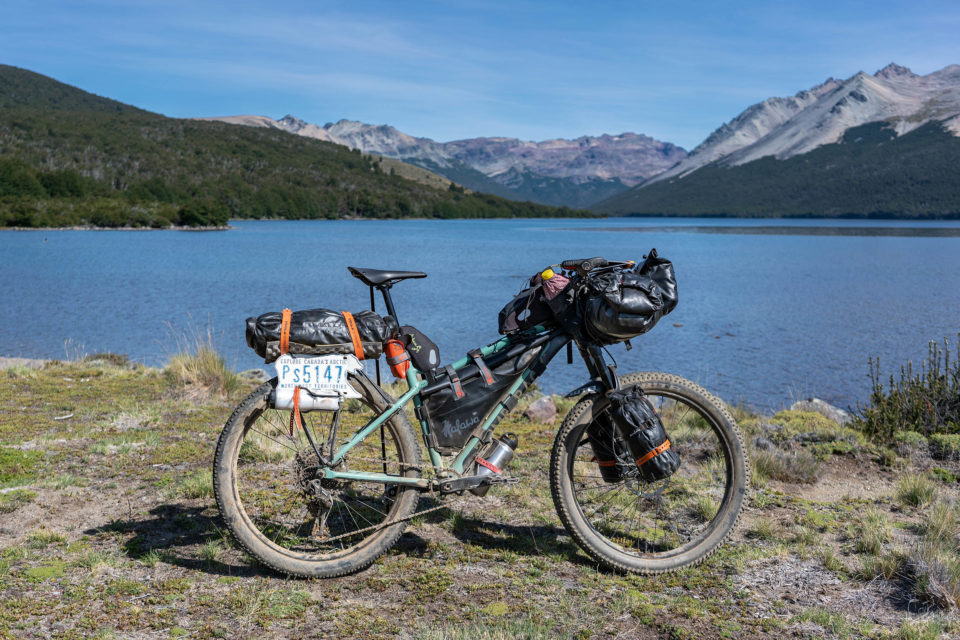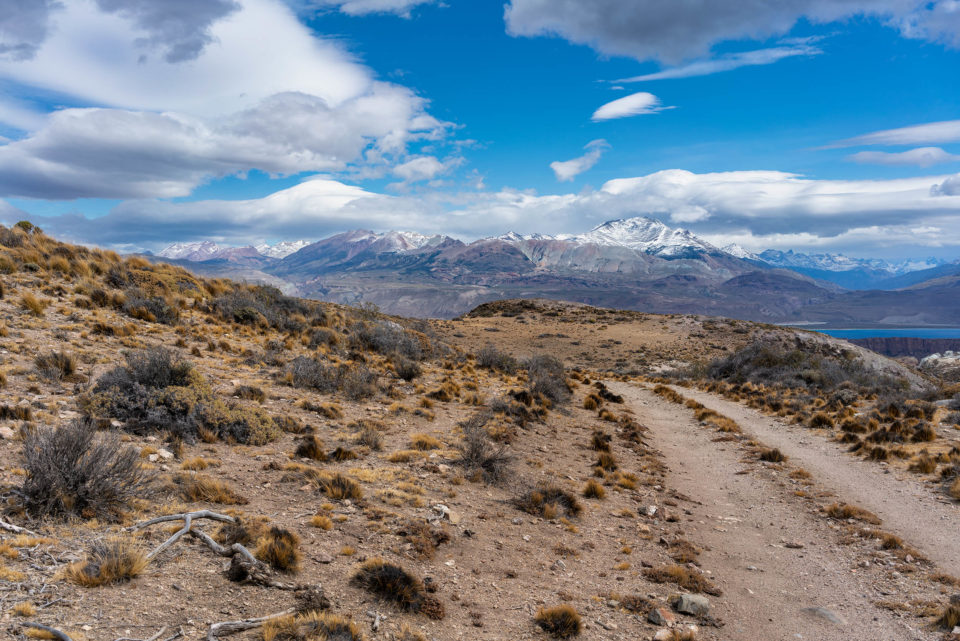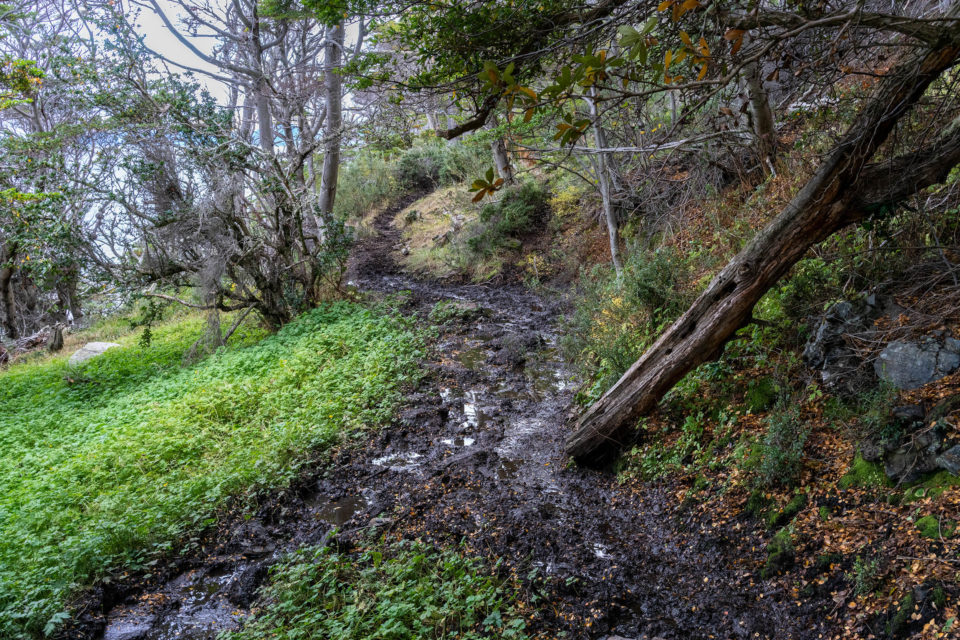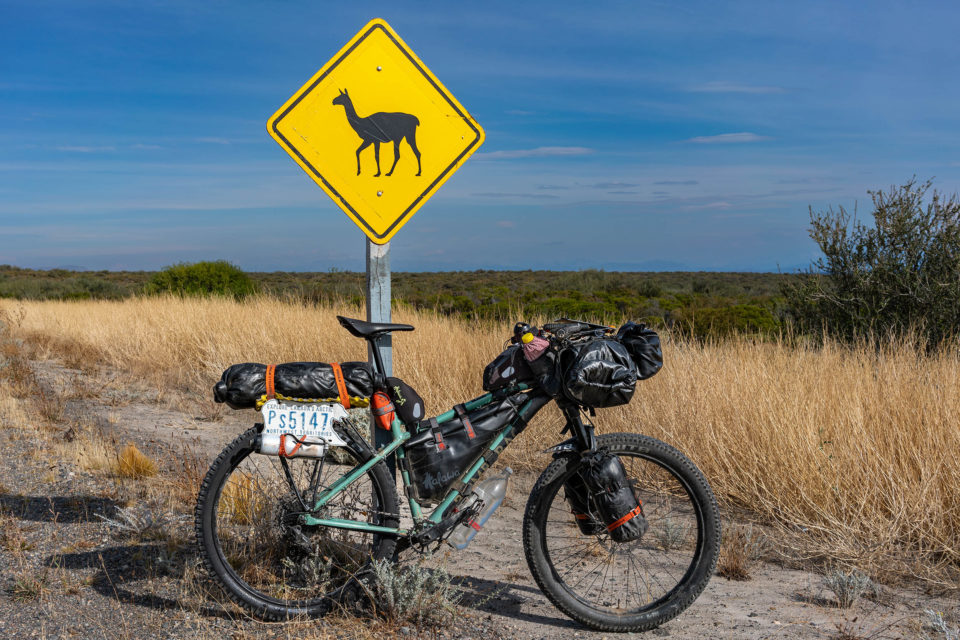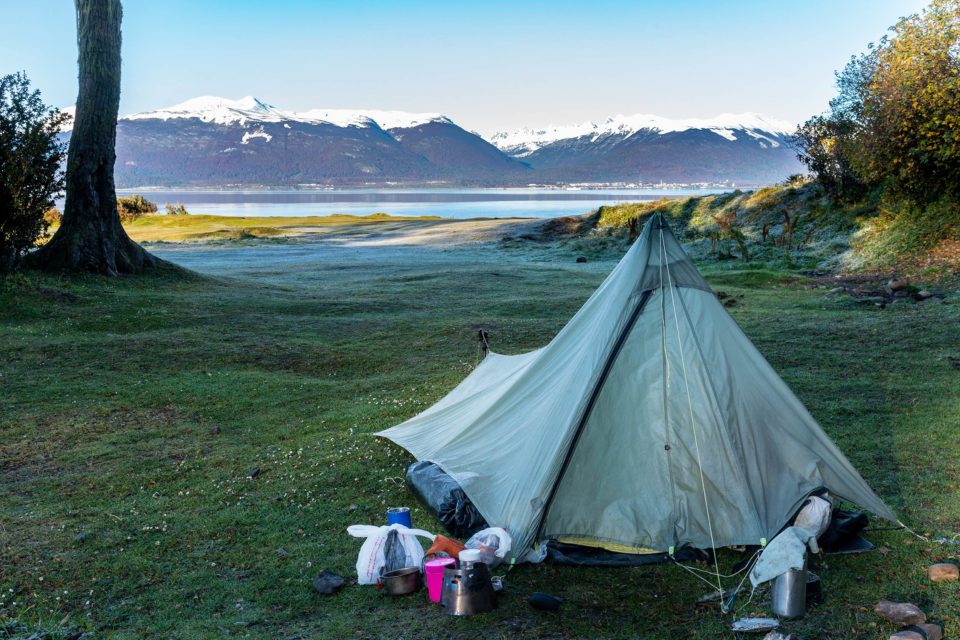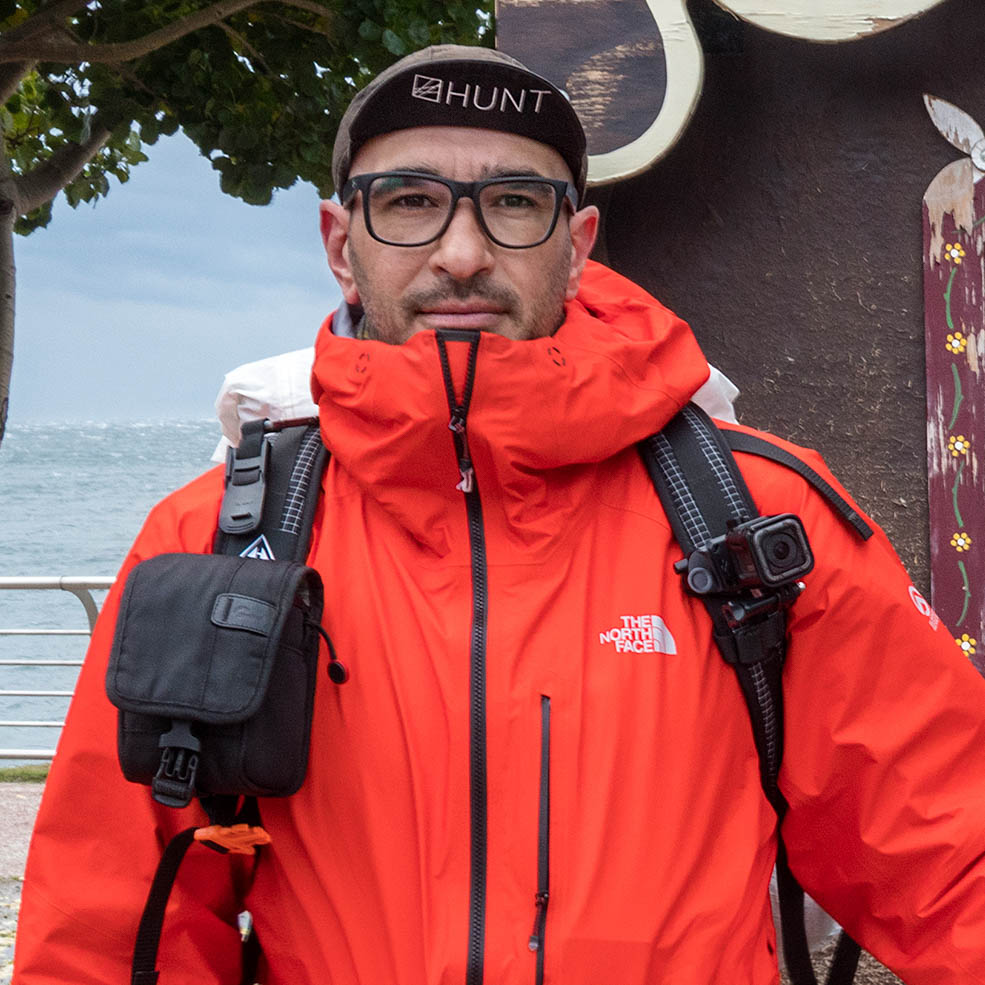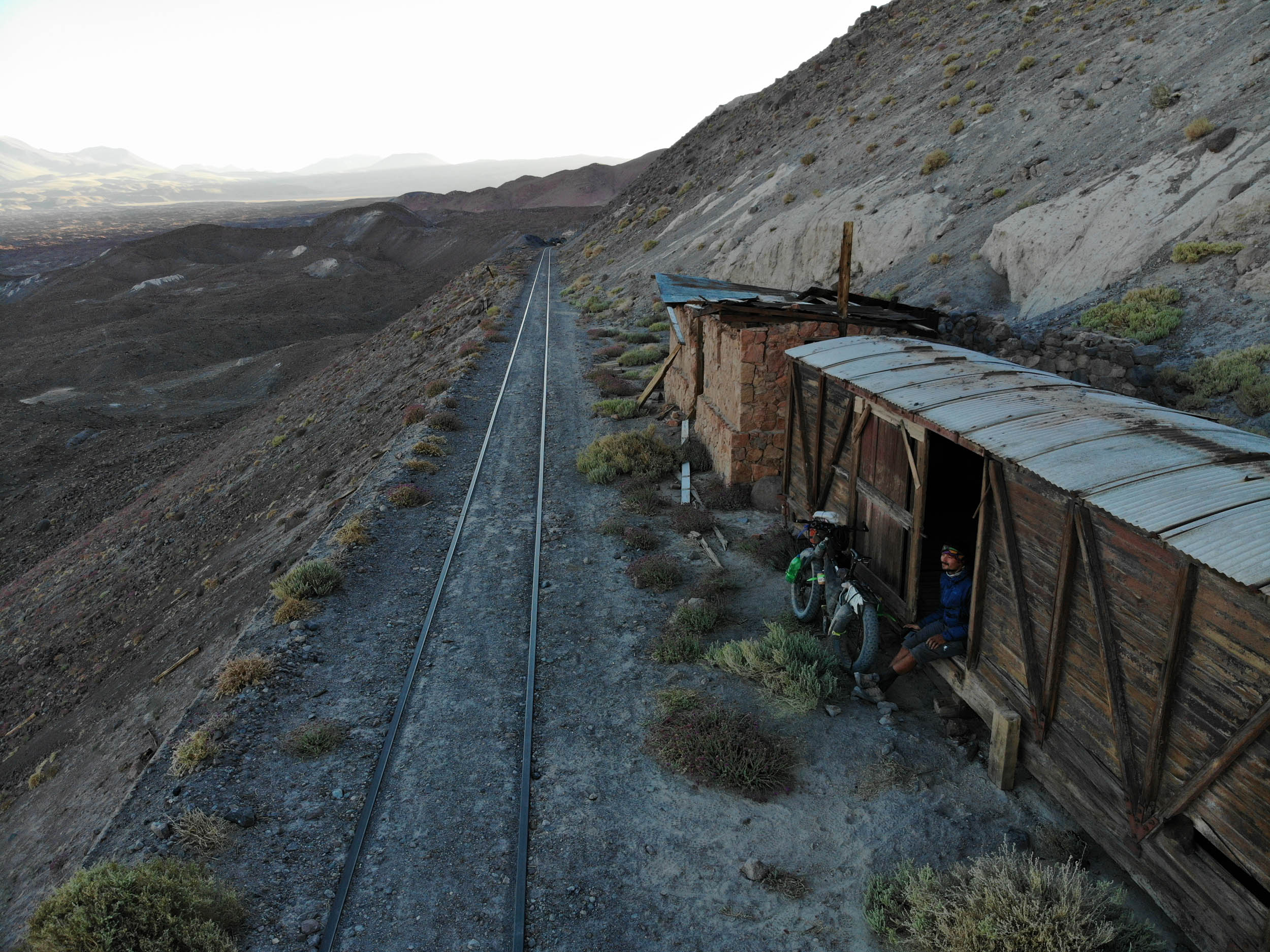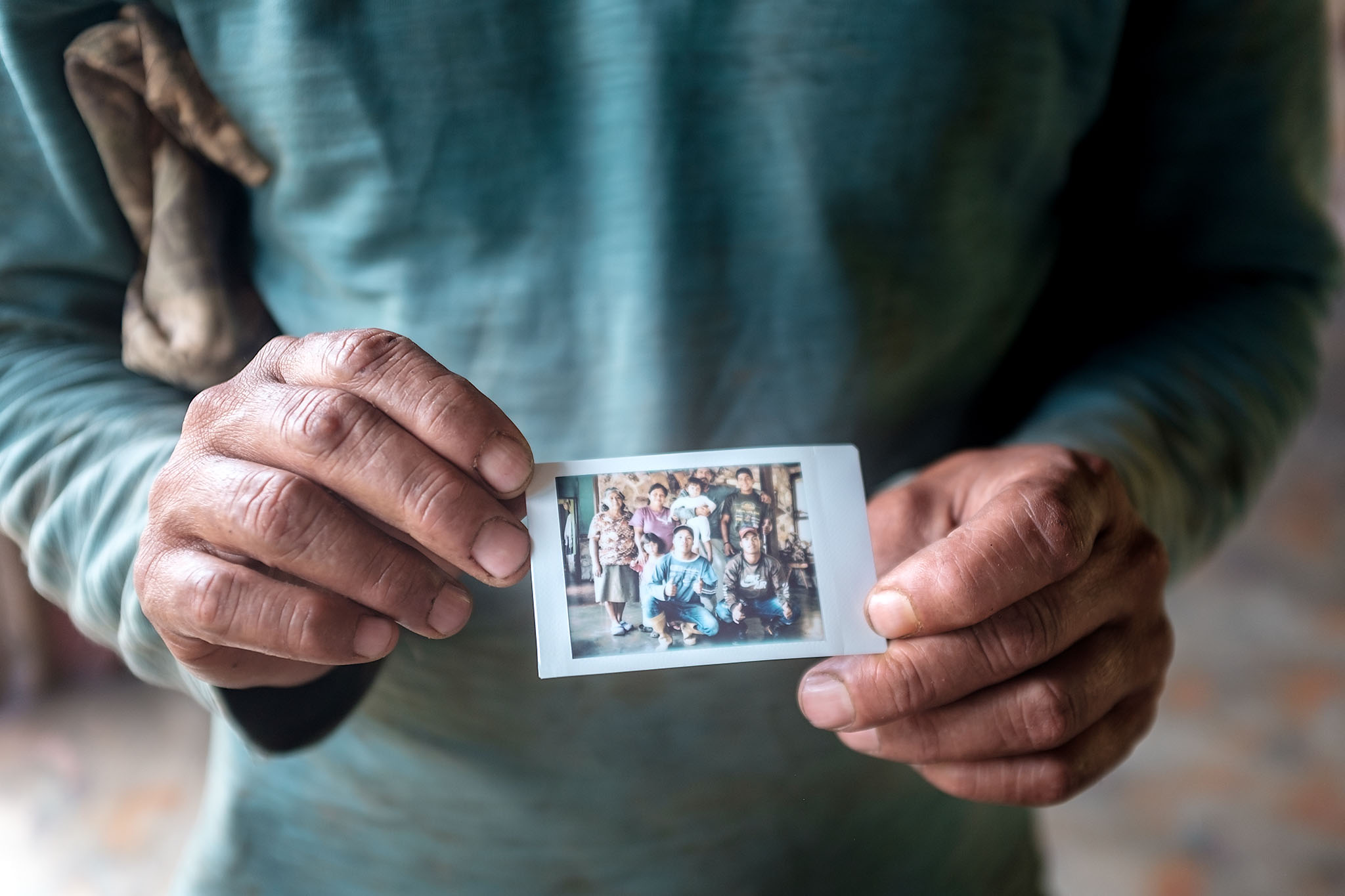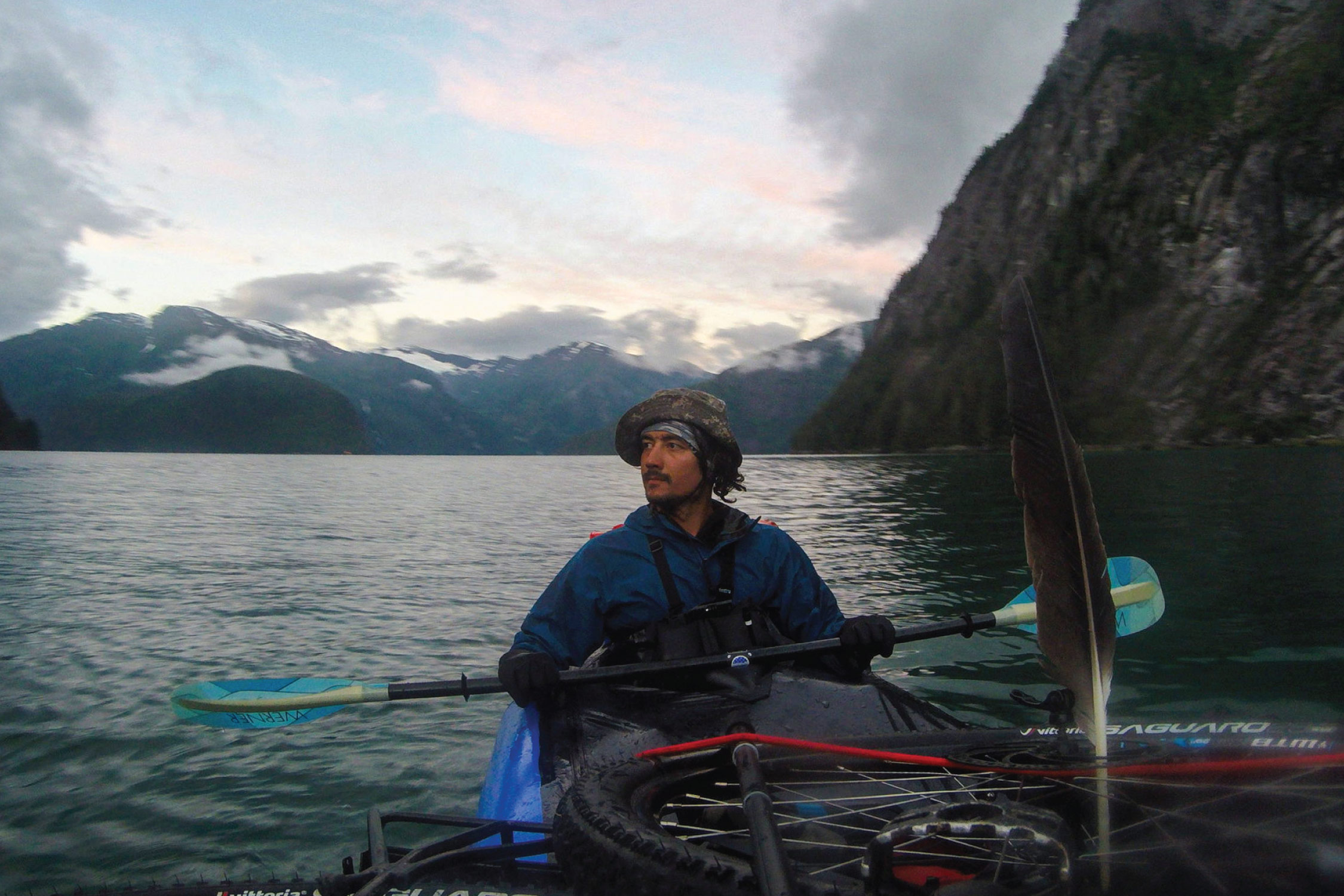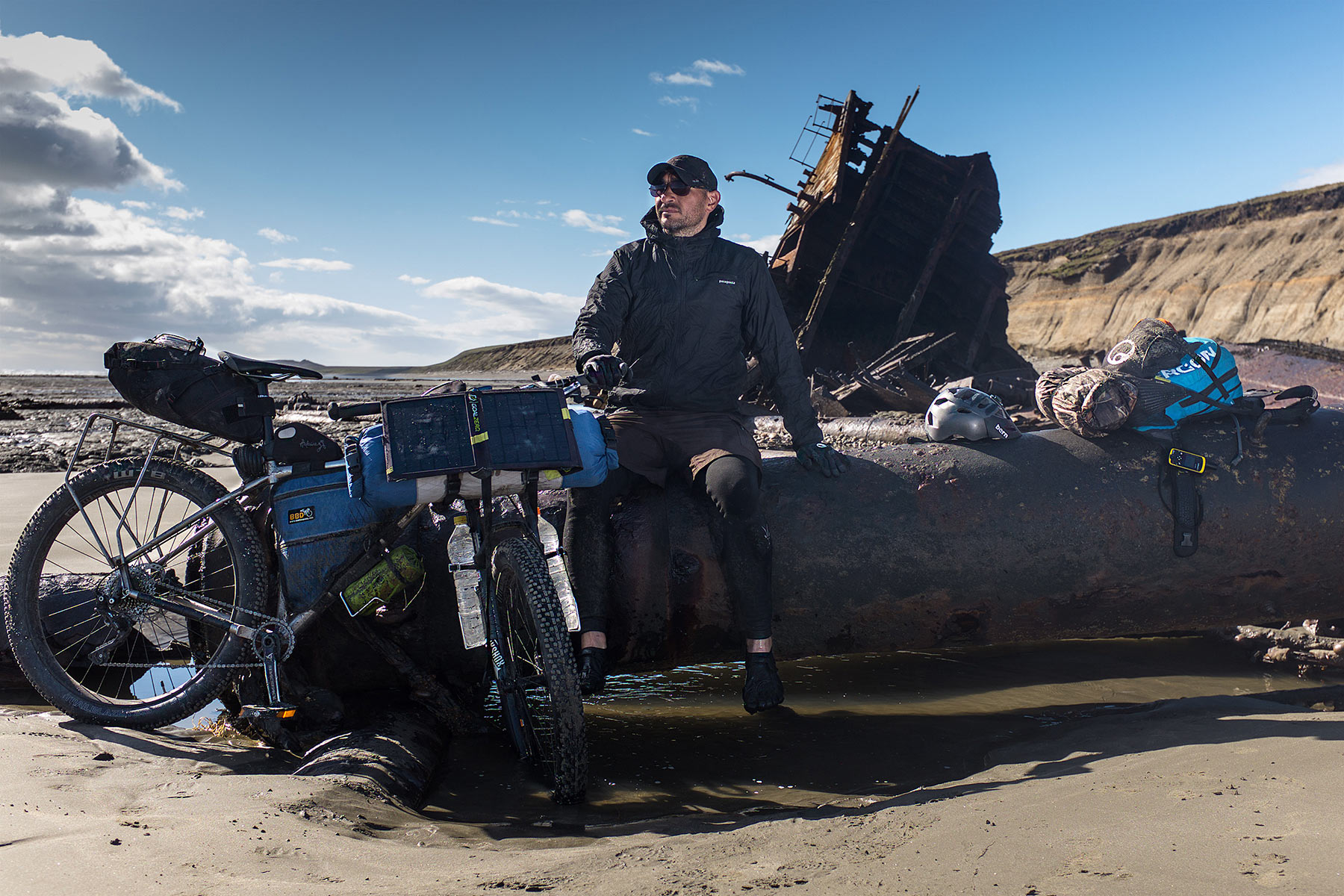Heading South: A Ride to Remember Iohan Gueorguiev
Following beloved bikepacker Iohan Gueorguiev’s death last year, Federico Cabrera organized a tribute ride to carry some of Iohan’s gear down the final stretch of his unfinished journey to Ushuaia, Argentina. Find Federico’s story of his trip to honor Iohan and a stunning photo gallery from Patagonia here…
PUBLISHED Jul 29, 2022
Words and photos by Federico Cabrera (@theironlyportrait)
I was already starting to plan a trip to Colombia when I heard the tragic news of Iohan Gueorguiev’s death. I’d never met him, and we only ever exchanged a couple of emails, but he was an inspiration.
He was genuinely curious and empathetic with locals (including animals) and lived a simple life on the road. In this age of screens, he was just documenting his journey instead of trying to influence us to buy stuff we don’t really need. And he was also doing real adventures, as opposed to selling average trips as epic with strategically placed tripods, slow-motion footage, and fancy B-roll.
When I read about the memorial at Ushuaia, I cleared my schedule, as some of Iohan’s closest friends and I thought it would be a good idea if he could finish his journey somehow. The original plan was to carry his ashes while I covered the distance he’d missed to reach “the end of the world” in Ushuaia, but unfortunately, due to increasing cases of COVID in Argentina, the memorial was finally postponed.
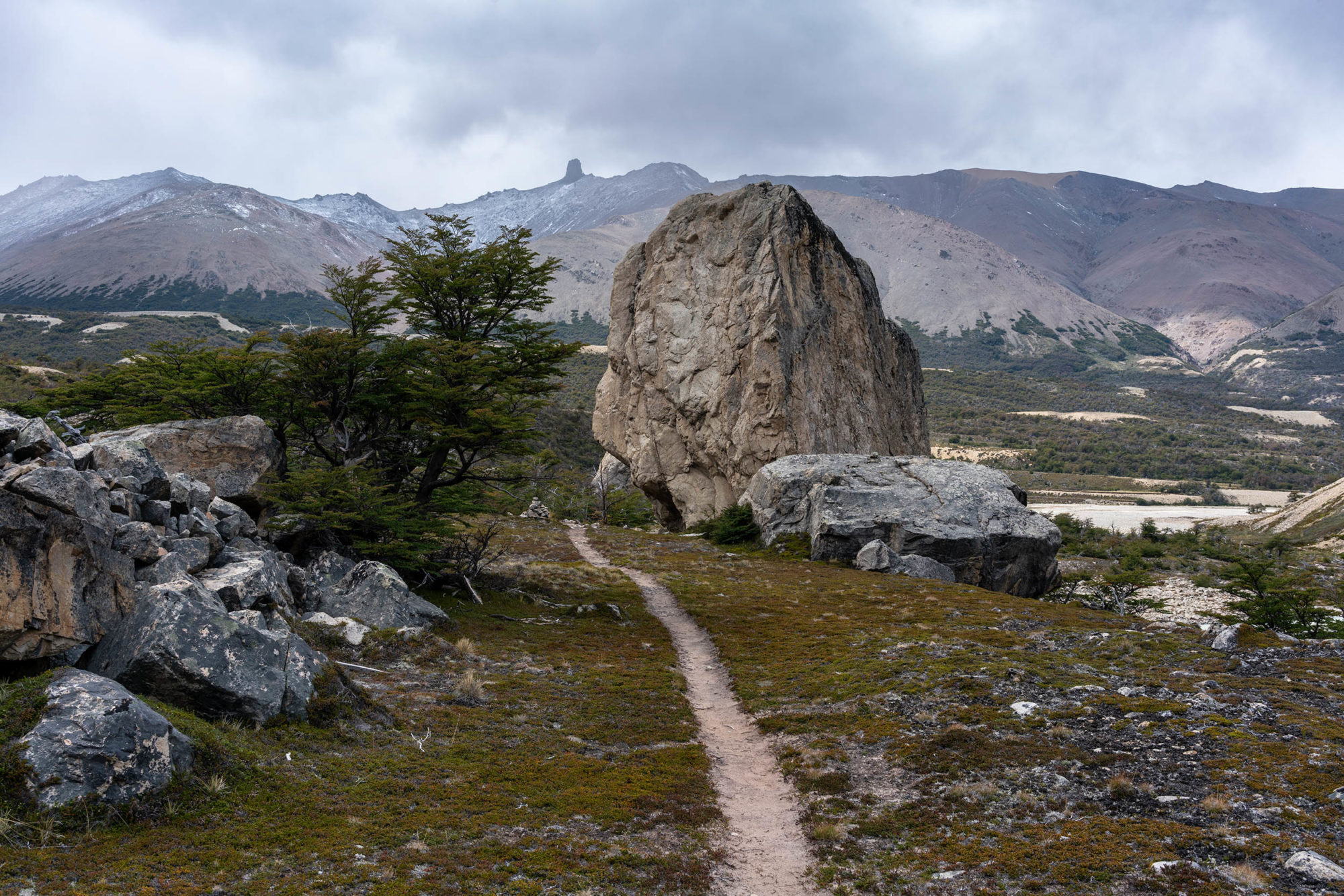
As I had everything ready for this trip and no air ticket for Colombia, I decided to take, at least, his license plate, expedition bar, and packraft all the way down there. Iohan was riding in Chile when his fatbike finally fell apart beyond repair, and from there on, he continued his journey on foot and by packraft until El Chalten in Santa Cruz, Argentina, where he decided to return to Canada to get new gear/spare parts and was held up by the pandemic.
I tried to cross to Chile at Futaleufu, but after a 70-kilometer ride to the border, I found out only 60 people were allowed to cross on Tuesdays and Thursdays, and there were already 100 people waiting in line with their cars. Most had arrived the previous day to guarantee their crossing. If I wanted to cross to Chile, then l’d need to ride those 70 kilometers back to Esquel, pay for a new PCR (which expires after 72 hours) and try my chances the following week. So, I decided to skip it and just ride through the Argentinian side of Patagonia up to Tierra del Fuego.
After a couple weeks of riding down from Esquel as a warm-up trip, I officially started my tribute ride from Coyhaique’s border, six months after Iohan’s premature passing. I attached his license plate to my chubby bike and started riding south, as close to the border as possible. Route 41 from Los Antiguos (Santa Cruz, Argentina) to Perito Moreno National Park was beautiful, and the park, with its lovely free shelters next to stunning blue lakes, was impressive!
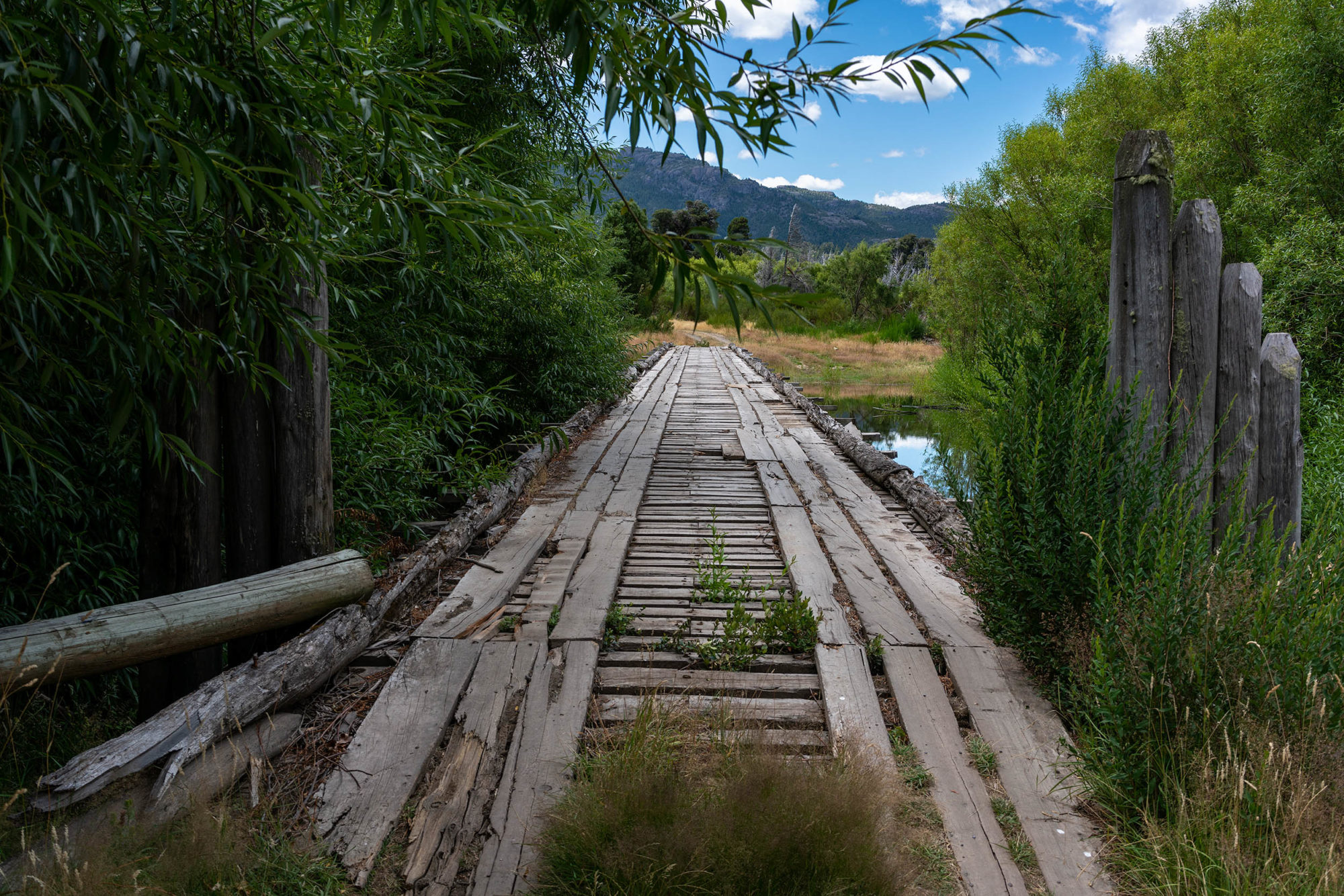
Unfortunately, the weather wasn’t that great (rain, hail, and snow), and the wind was brutal next to the huge lakes, as it came uninterrupted from Chile. While I was riding to Tompkins Shelter, a gust of wind took me off the trail, and I had my first crash in years.
While I was heading to the park a few days earlier, I found out a friend, Pablo Carnevale, also an avid bikepacker, was planning to visit the park too before heading back home to El Chalten via a similar route. So, I decided to extend my visit by a couple of extra days so we could ride together.
From Perito Moreno National Park, we rode secondary roads used by locals to move their cattle and connect estancias (big ranches). All the people we met at the estancias were extremely hospitable, and I would like to thank Estancias La Perseverancia, Las Vegas, Tucu Tucu, and Carbon. The roads ended at Estancia Carbon, where we planned to cross through the mountains to Lake San Martin by following old animal trails.
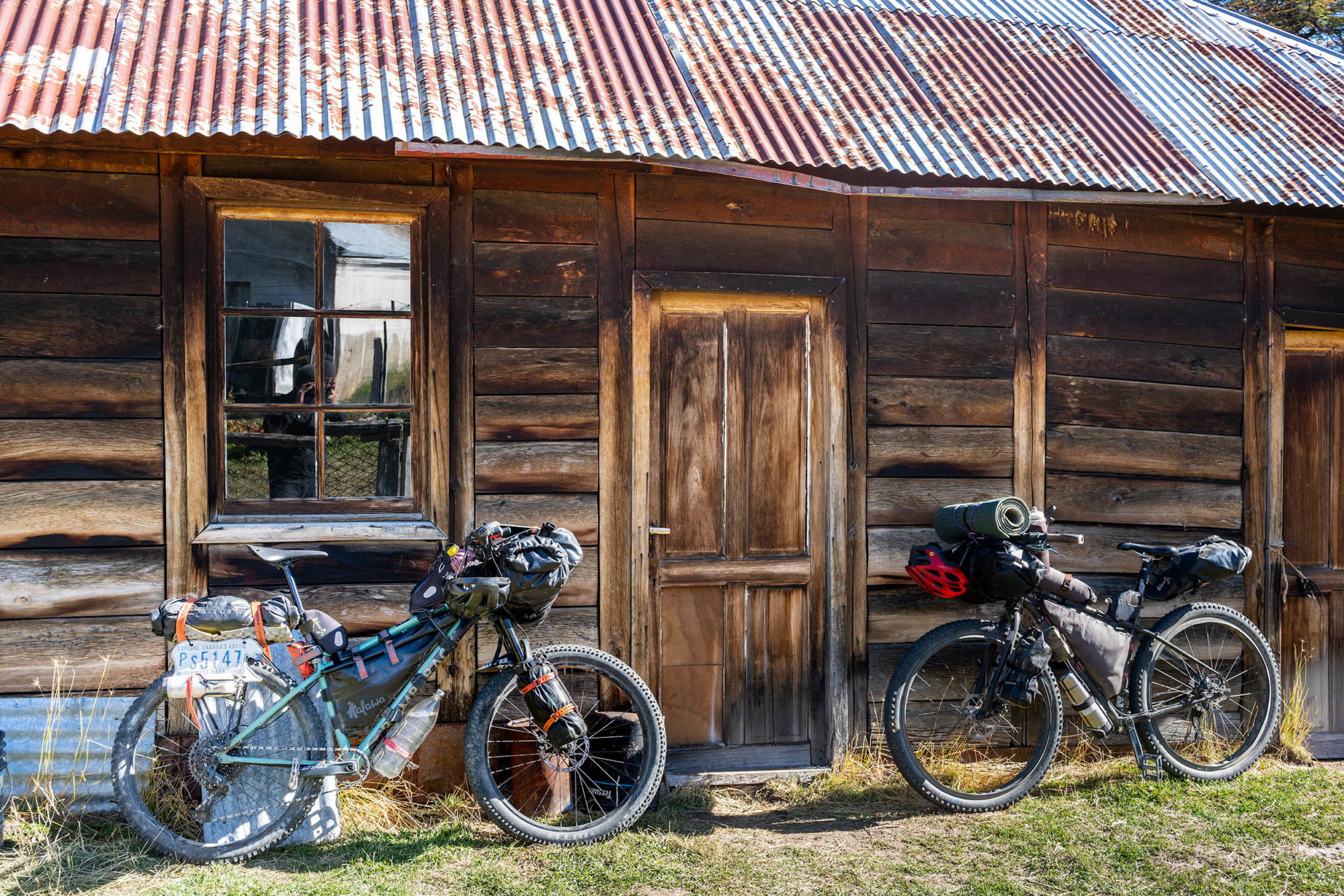
Unfortunately, we didn’t heed the locals’ recommendations (they use horses instead of bikes) and we tried to follow the 1,400-meter curve level to the pass, and then we followed a riverbed to Estancia Sierra Nevada. We constantly had to cross from one side of the river to the other, but after a few attempts at jumping between large rocks, I gave up and just got my feet wet, which wasn’t so great in cold weather.
We had endless hike-a-bikes, some after dark while trying to find a less exposed place to camp, and I ended up using the pole from Iohan’s packraft as a tent pole after my mine bent due to the brutal winds. They say type 2 fun isn’t fun at the moment—it might even feel like suffering—but it’s only after the event that you come to realize you actually had fun, so I guess this was type 3, as I still don’t look back on the experience fondly.
My original plan was to reach El Chalten by pavement and then, after resupplying, ride (or probably push) the trail in the opposite direction with a lighter bike, leaving all the non-essentials with friends (donations, packrafting gear, tablet, keyboard, etc.), before looping back to El Chalten. But, in order to have some company and save time, I decided to change my plan and take a heavier bike through the mountains, even when we had a minimal amount of food between the two of us.
By the time we reached San Martin Lake, I was exhausted, and we were running out of food (my last resupply had been three weeks earlier at Los Antiguos), so instead of following Lake San Martin’s shore to enter El Chalten from the north, I finally detoured to Tres Lagos and pavement.
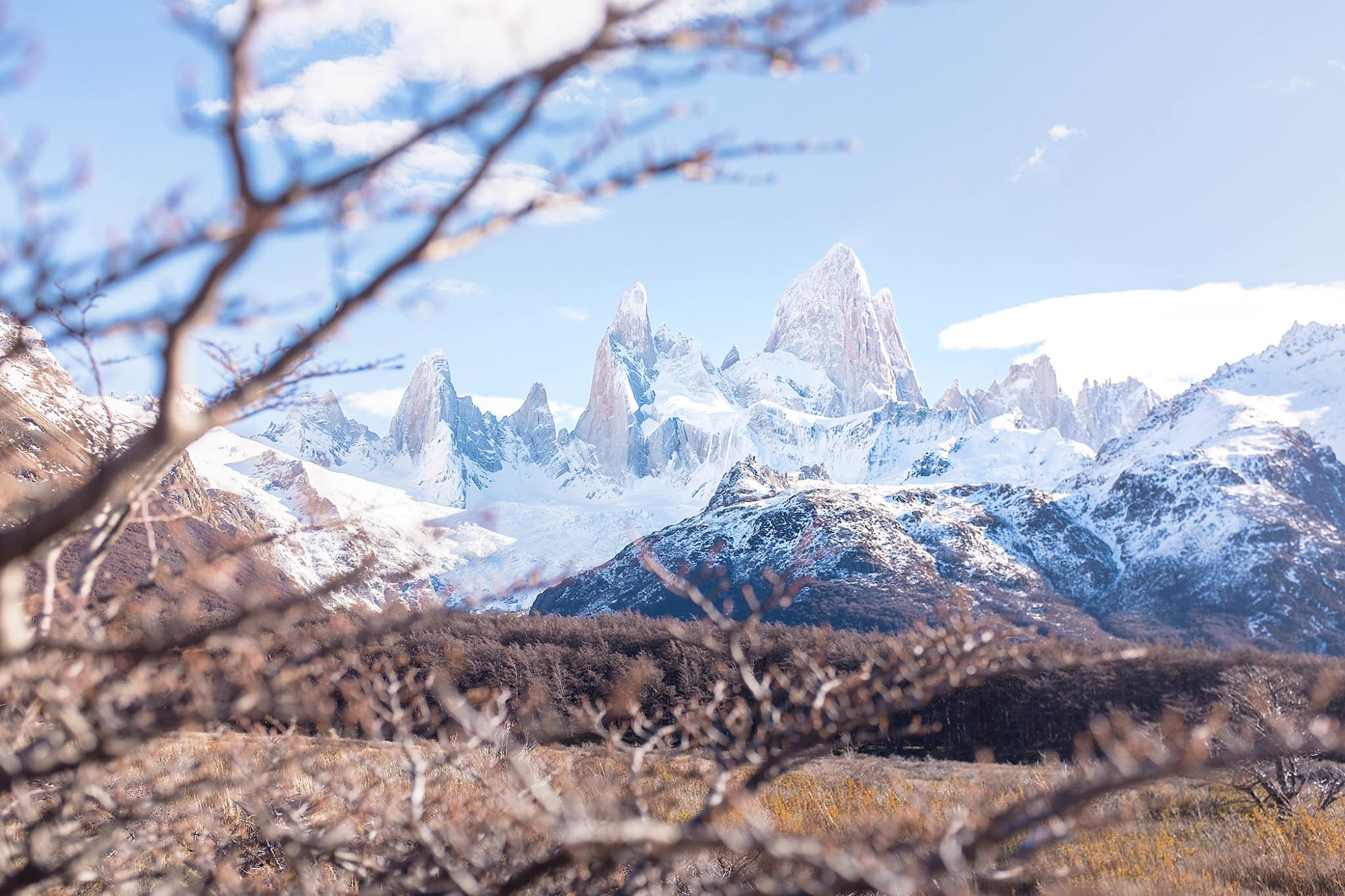
Being able to take a hot shower and do groceries (Coca-Cola, dulce de leche, and empanadas) was a luxury, but it didn’t last long. After just a few hours in an empty hostel, I was surprised to find out the place was totally booked for the next day. Worse and even more rare, all the lodgings at Tres Lagos were booked for the weekend (thanks to the Riding and Taming Festival), and I had to ride 120 kilometers to El Chalten for the next hostel!
El Chalten was Paradise as usual, a small mountain village with magnificent scenery (Fitz Roy is my favorite peak), free national park entry, endless mountains to hike and ride, friendly rivers to paddle, and friends to socialize with. They even had live music concerts for the Trekking Festival that was happening.
After more than a week resting and getting fatter, it was time to keep moving; I followed Lago Viedma, and by the time I reached the “pink house” (Estancia Luz Divina), I inflated Iohan’s packraft and paddled Rio La Leona to Lago Argentino.
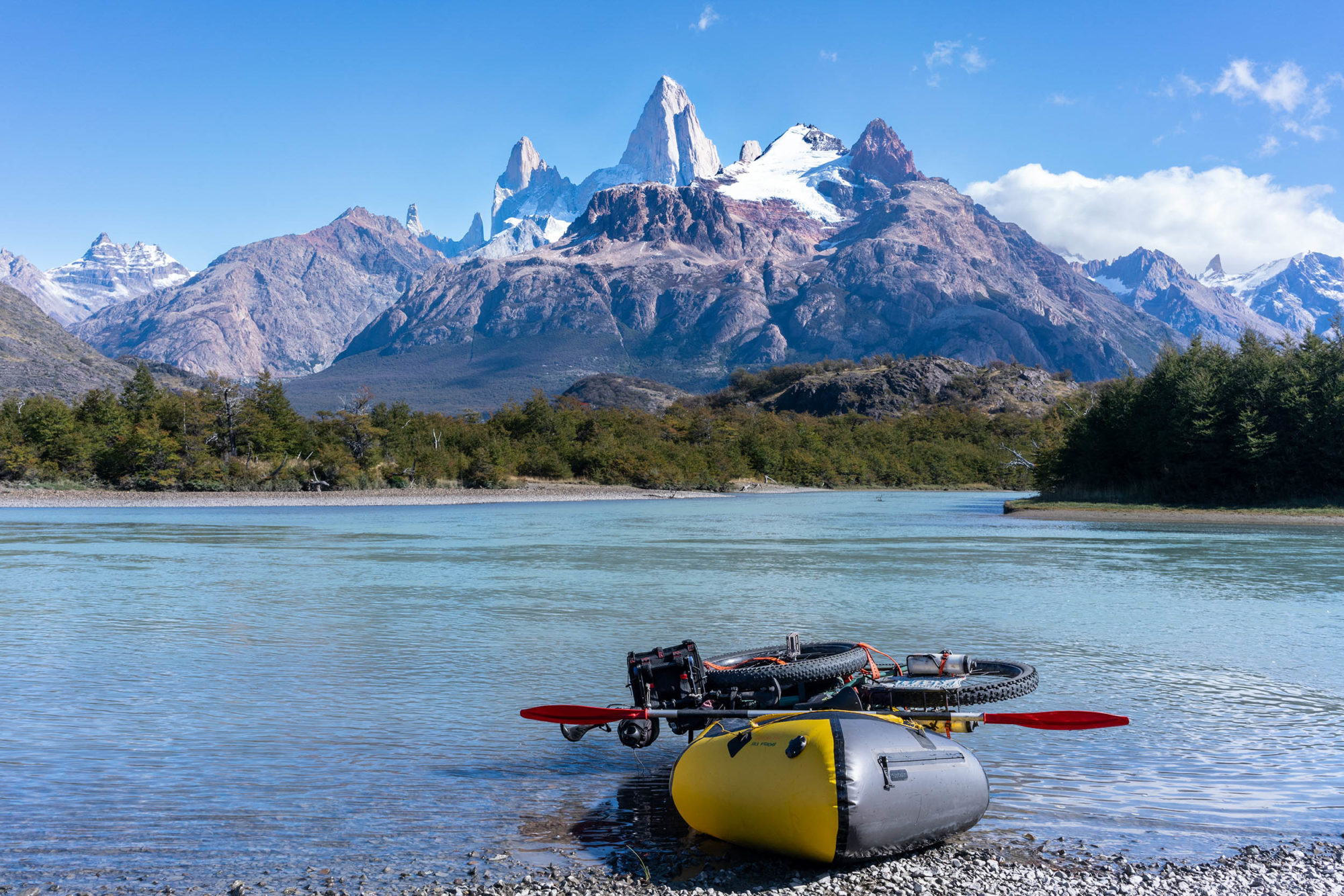
El Calafate was the biggest city I crossed in two months, and as much as I wanted to stay with the new friends I met there, I knew I had to keep moving if I wanted to reach Ushuaia without much snow. To avoid pavement, I thought it would be a good idea to leave through the mountains via a modified version of Paso Verlika (without the illegal trespassing to Chile), but I was caught by a big storm and I had to share an old shed for two days with a gentle bull, a couple of mice, and a family of erratic birds that got mad every time I moved after dark.
It seems this crossing is only recommended in summer, and as I was there in autumn, I had no other choice but to return to Calafate. Fortunately, I was able to make a loop and avoided riding the same trail twice. When I returned to civilization for more ice cream and burgers, I found a message from an old friend, Reggy, asking if I was still in Calafate, as he was working as a guide at Los Glaciares National Park.
I couldn’t refuse his invitation, and the next morning I rode 80 kilometers on pavement (with chubby tires and headwind) to the national park, where I was lucky to paddle for two hours in Lago Argentino next to the majestic Perito Moreno Glacier, which was definitely one of this trip’s highlights.
After crossing Lake O’Higgins/San Martin at the verge of hypothermia back in 2018, wearing only rain gear, it was a huge pleasure to paddle such a big lake completely dry and warm. Back then, I promised myself I wouldn’t do anything that crazy/stupid again, and for anyone coming to Patagonia with a packraft, it’s essential to bring a drysuit, too.
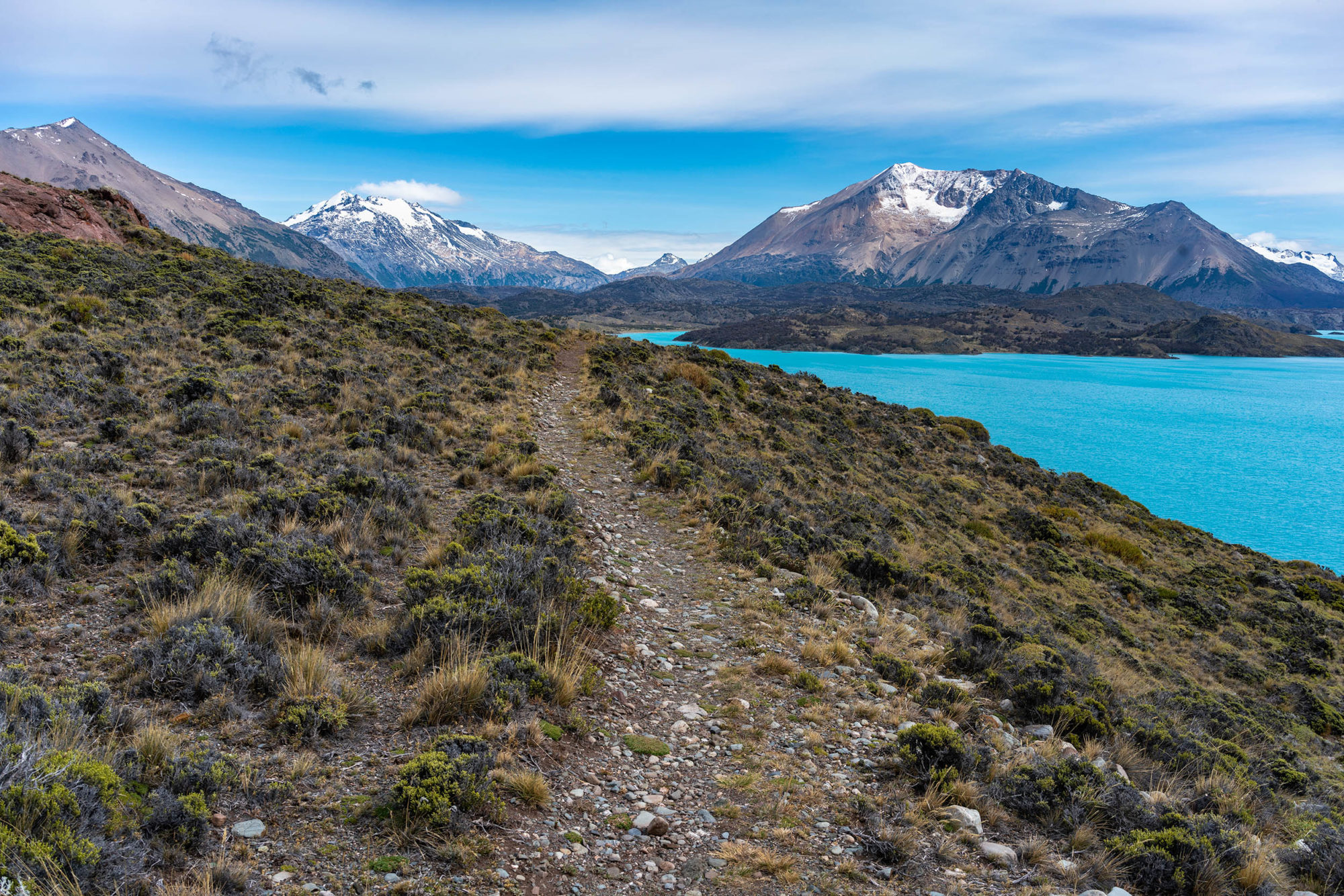
After this, I followed some quiet gravel routes (even Route 40 doesn’t see much traffic down there), asking for water and a place to set my tent at Vialidad Provincial’s posts all the way down to Rio Gallegos. To my surprise, when I reached the Chilean border, they let me ride the 200+ kilometers leading to the Argentinian side. Several cyclists (before and even after me) had to hitchhike through the Chilean side of Tierra del Fuego as they only gave them a temporary 24-hour pass. The same had happened to me last year, so as I was not expecting to ride. As such, I had skipped resupplying at Rio Gallegos, and I had very little food until I reached Rio Grande.
Riding more than 200 kilometers on pavement with fat tires and strong winds wasn’t a lot of fun, especially when I had to ration my food. At Cerro Sombrero, I could only buy some snacks as they don’t accept Argentinian pesos (or even US dollars). However, I was able to stay for free at the beautiful Camping Municipal with fire pits, a full bathroom with hot showers, a stove, etc.
I kept going south, taking short breaks at some beautiful shelters the Chilean government built for cyclists and backpackers. Unfortunately, some people in the area thought they needed those resources even more, and they stole all the wood stoves as well as several doors and windows.
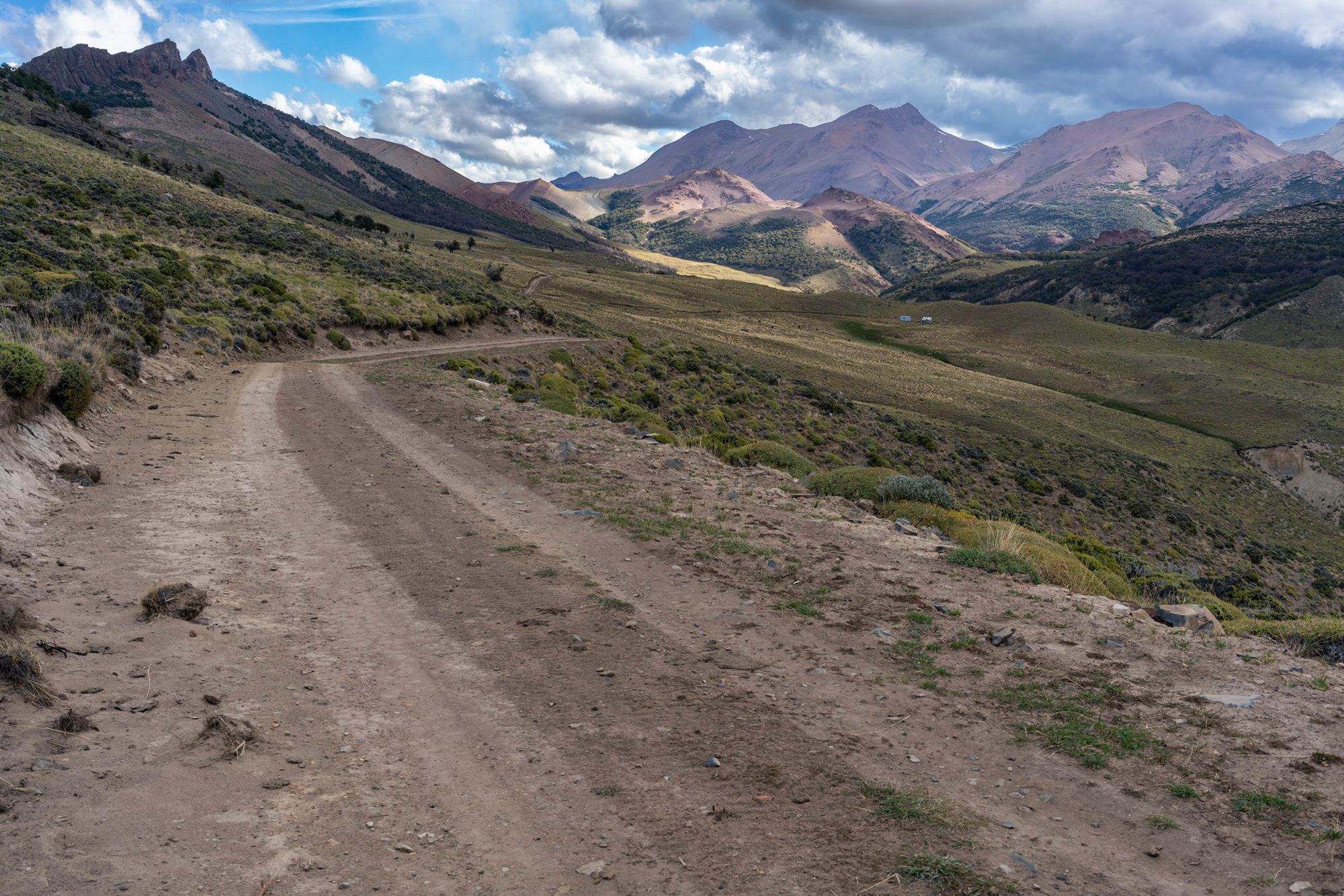
When I crossed the Argentinian border and arrived in Tolhuin, it was an immense pleasure to find Panaderia La Union (Casa de Ciclistas Tolhuin) had risen from the ashes even bigger and more beautiful than before! From Tolhuin, I rode 50 kilometers on pavement, and after climbing Paso Garibaldi, I detoured on gravel to the Beagle Canal through Route “J”. As I only had 140 kilometers to the end of this journey, I was finally certain I would make it, even if I had to push my bike the remaining kilometers.
We were already in May (autumn in the Southern Hemisphere), and it was very cold at camp. I woke up at Puerto Almanza with a lovely view of the Beagle Canal (and Puerto Williams in the background), but I wasn’t able to leave my sleeping bag until 11 a.m. when the temperature was a bit warmer and the frost had started to melt.
I passed through a deserted naval base and continued through a very muddy trail (on the Fin del Mundo route) to an abandoned shelter (Puesto Segundo) to spend the night. The good thing about riding this late in the season was there were no mice inside this shelter; it was infested with them when I had passed the previous summer.
The next day, I had several steep and muddy hike-a-bikes before I reached Ushuaia, and then, only 20 kilometers more to Bahia Lapataia inside Tierra del Fuego National Park.
After more than three months and 2,700 kilometers on the move, the road finally ended, and I reached the “end of the world” in Ushuaia! I wish there was a bigger ceremony to pay tribute to such an inspiring adventurer, but I think Iohan would have appreciated the low-profile finale.
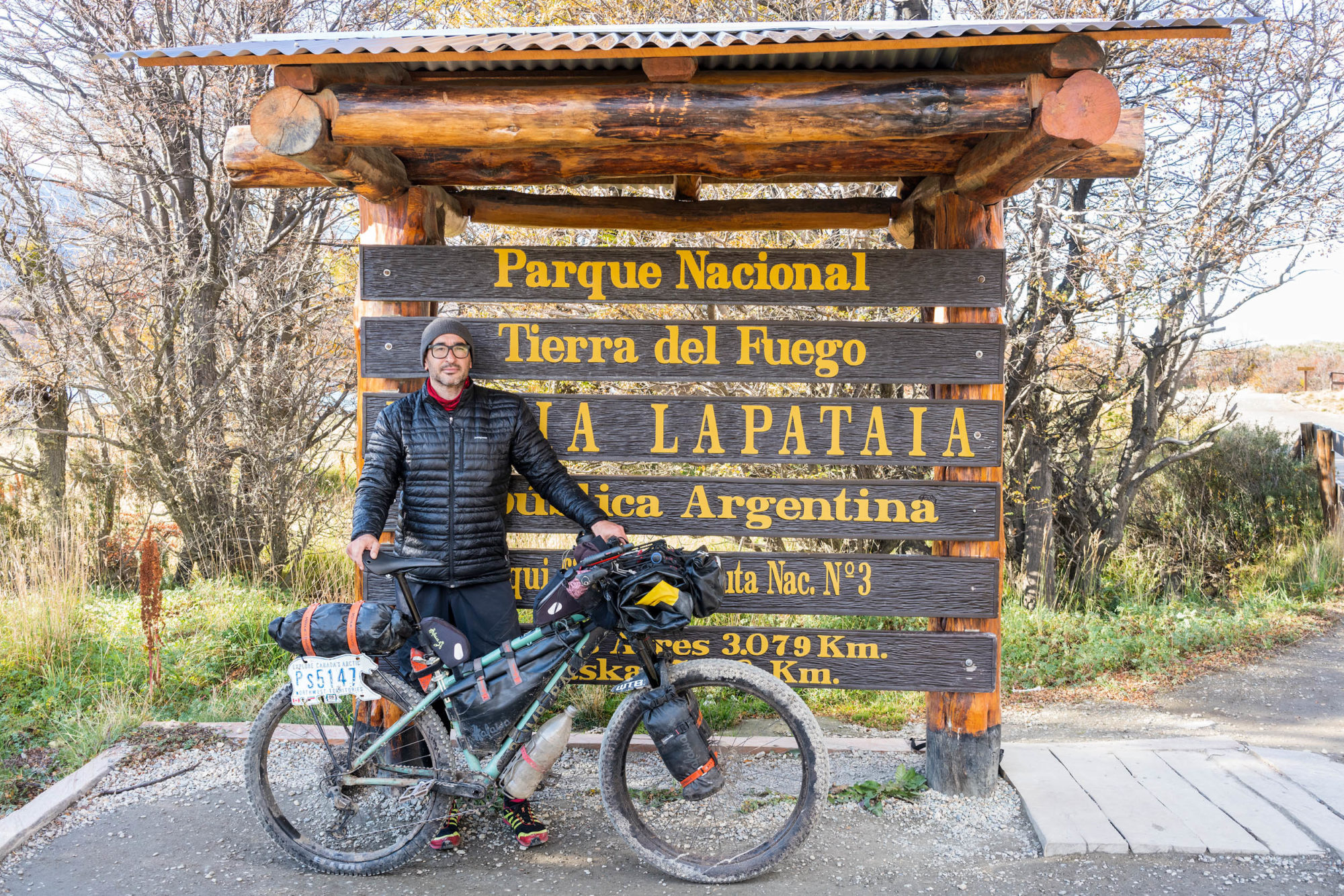
Maybe this summer we’ll finally be able to bring together a bigger group for his memorial, but I think the biggest tribute we could give him would be if more riders embodied his Mantra, the Maptia Manifesto:
Follow a map to its edges, and keep going.
Forgo the plans. Trust my instincts.
Let curiosity be my guide.
I want to change hemispheres.
Sleep with unfamiliar stars,
and let the journey unfold before me.”
Related Content
Make sure to dig into these related articles for more info...
Please keep the conversation civil, constructive, and inclusive, or your comment will be removed.







